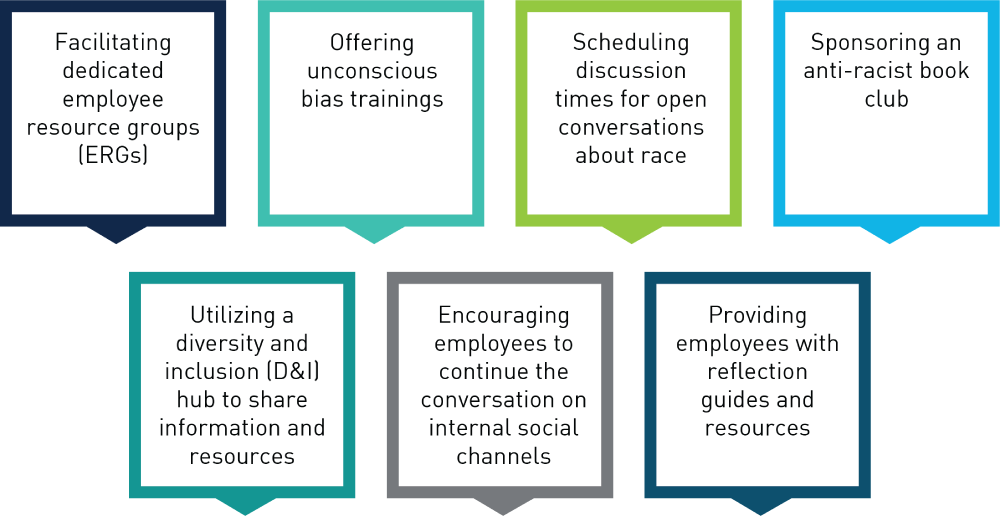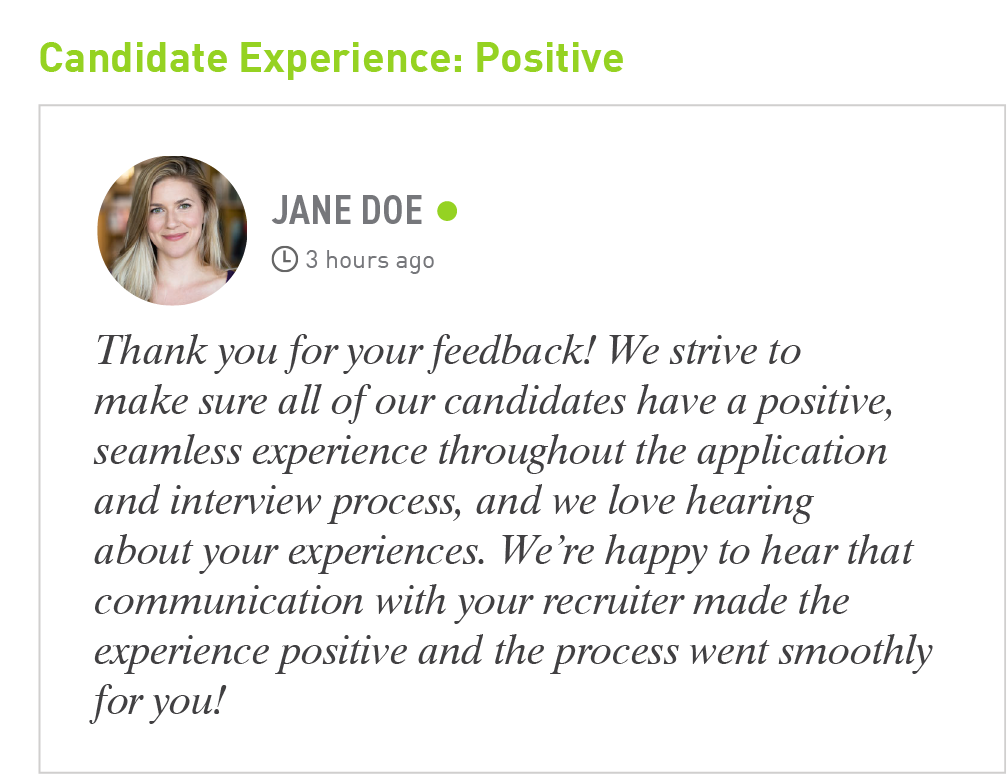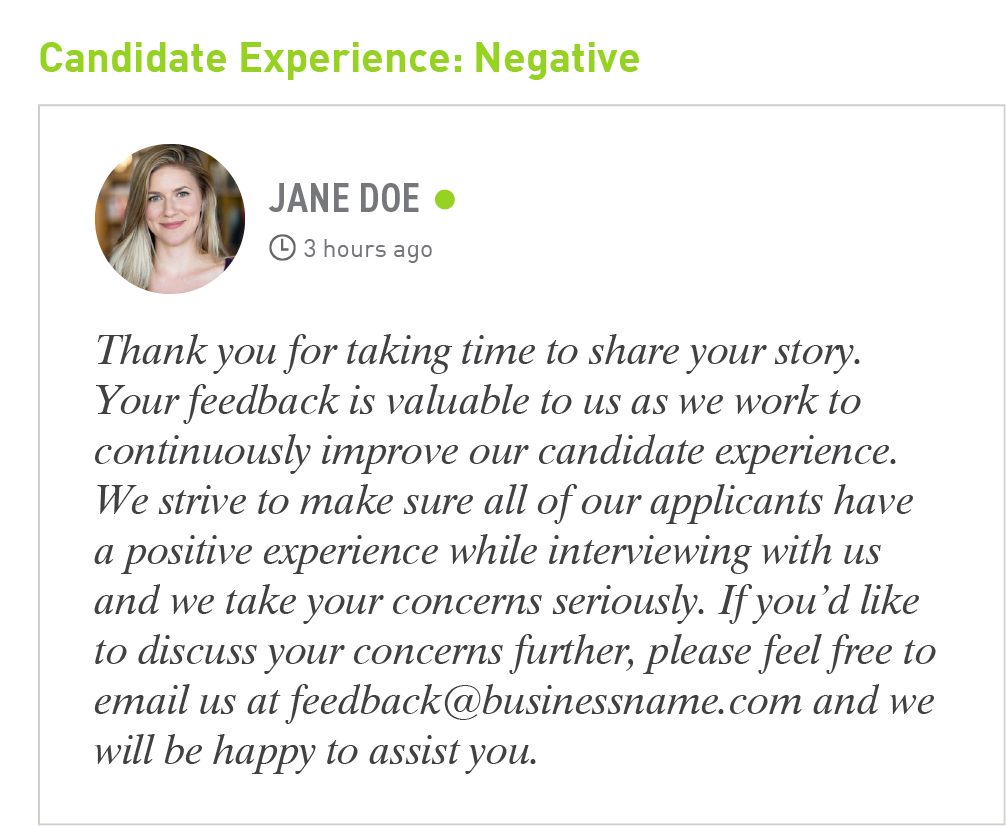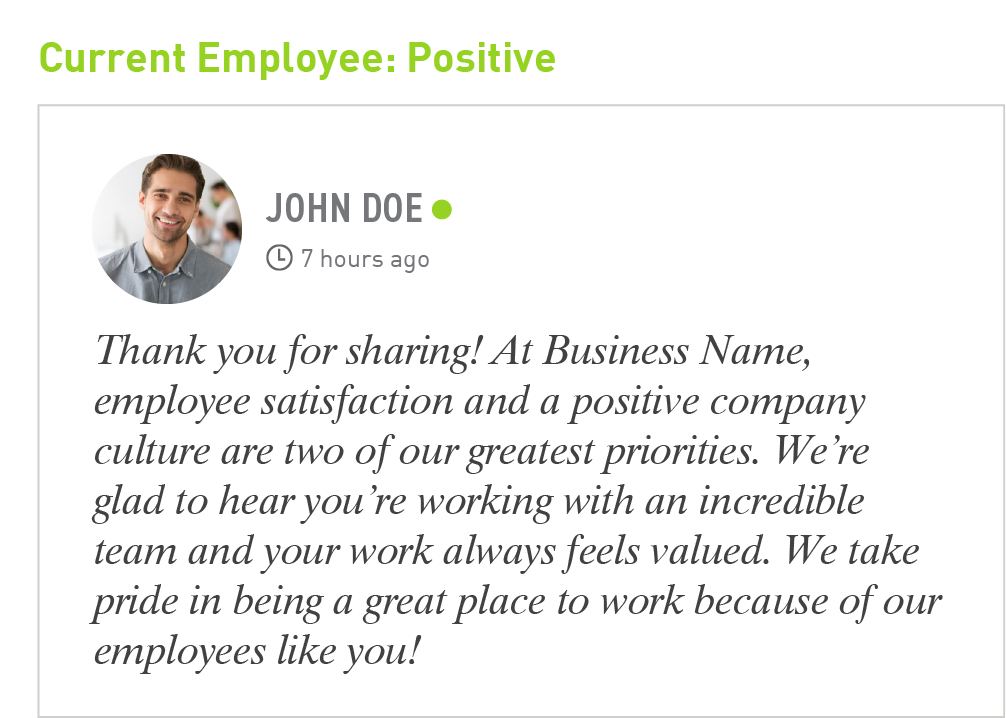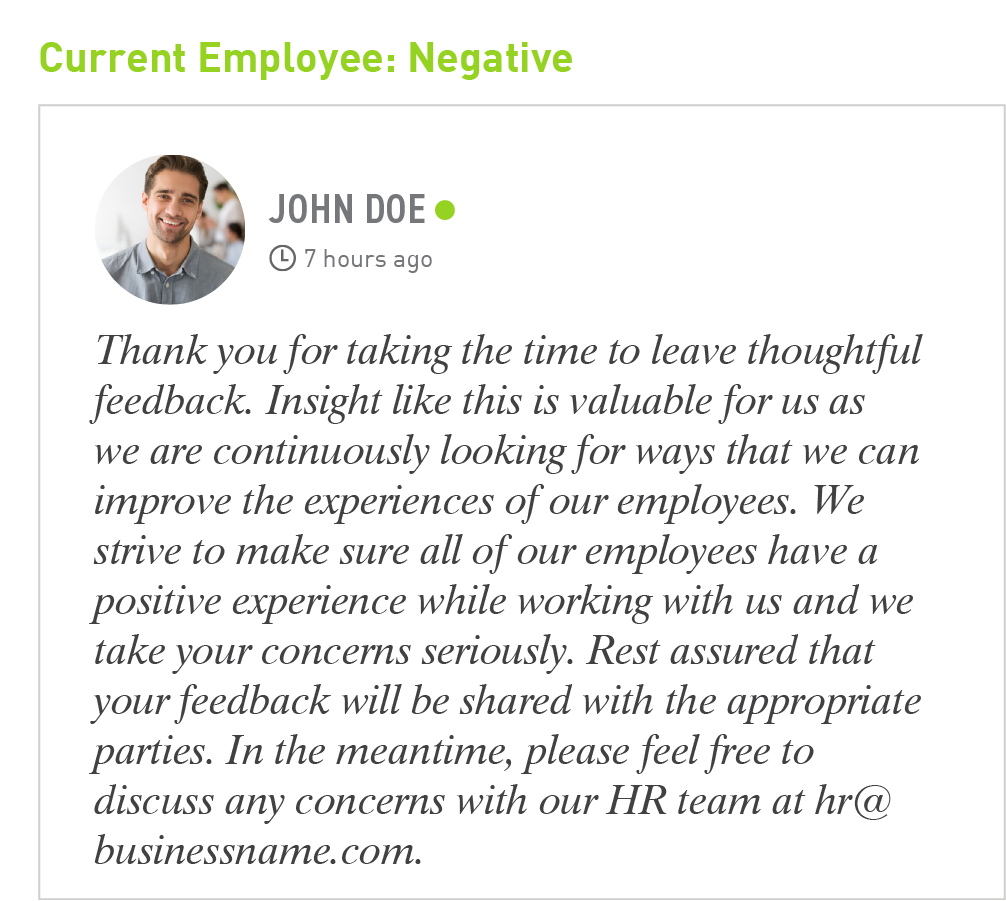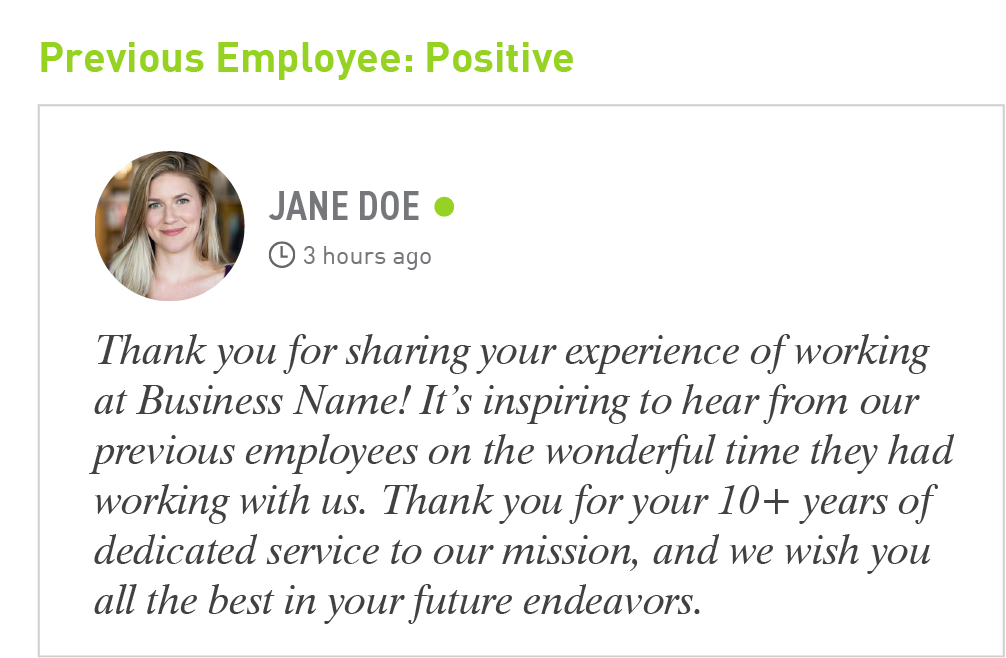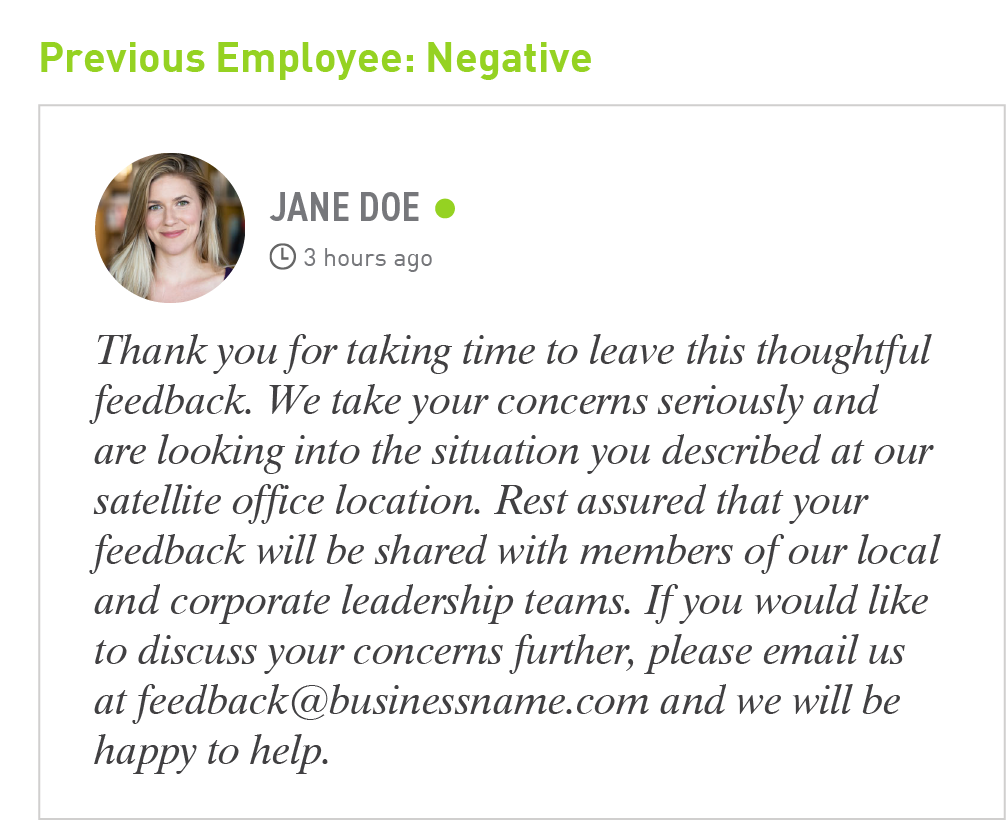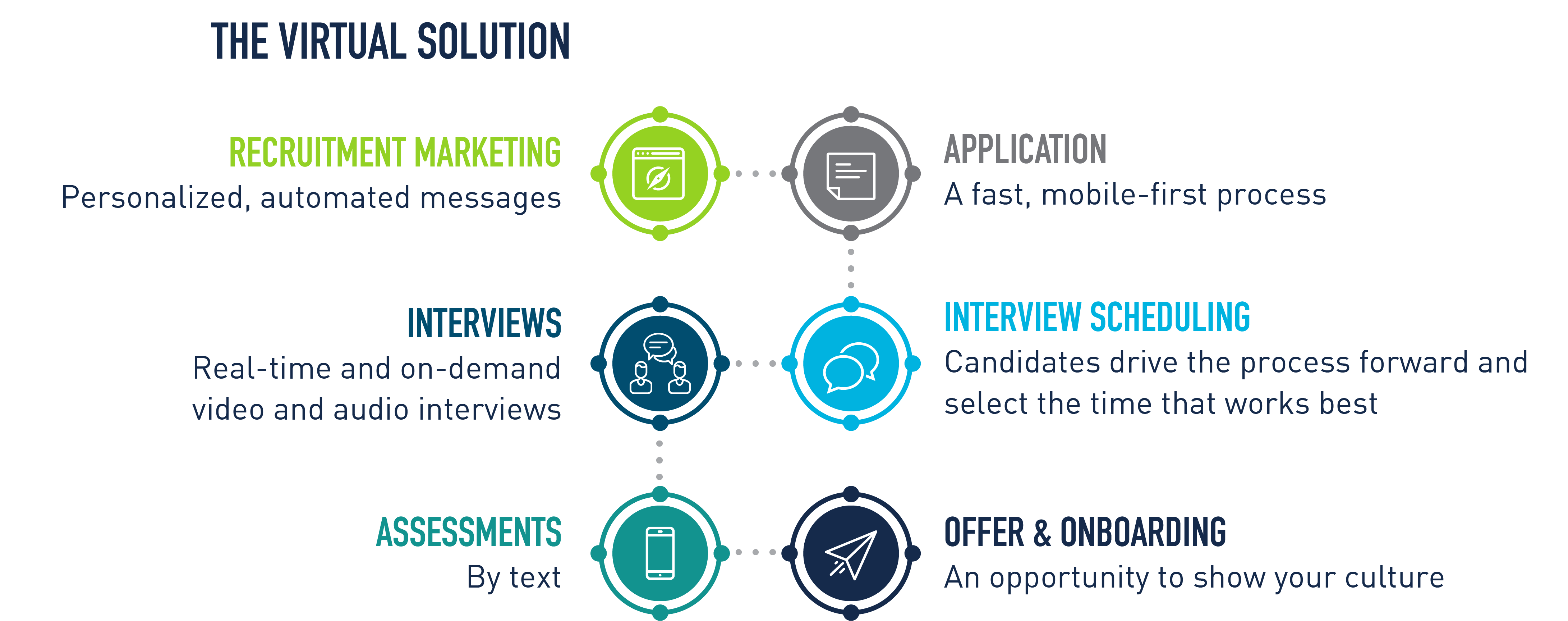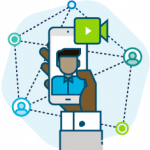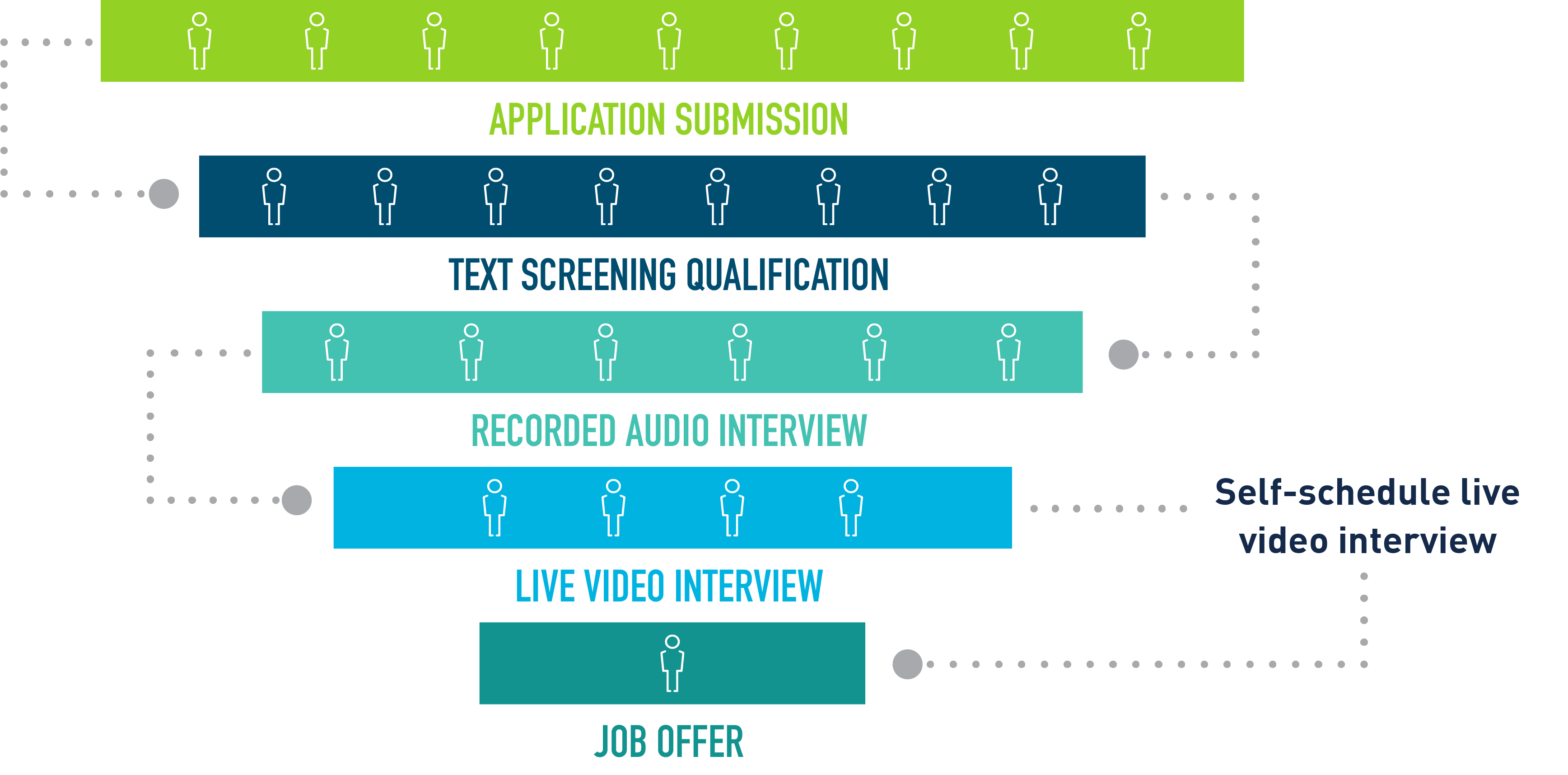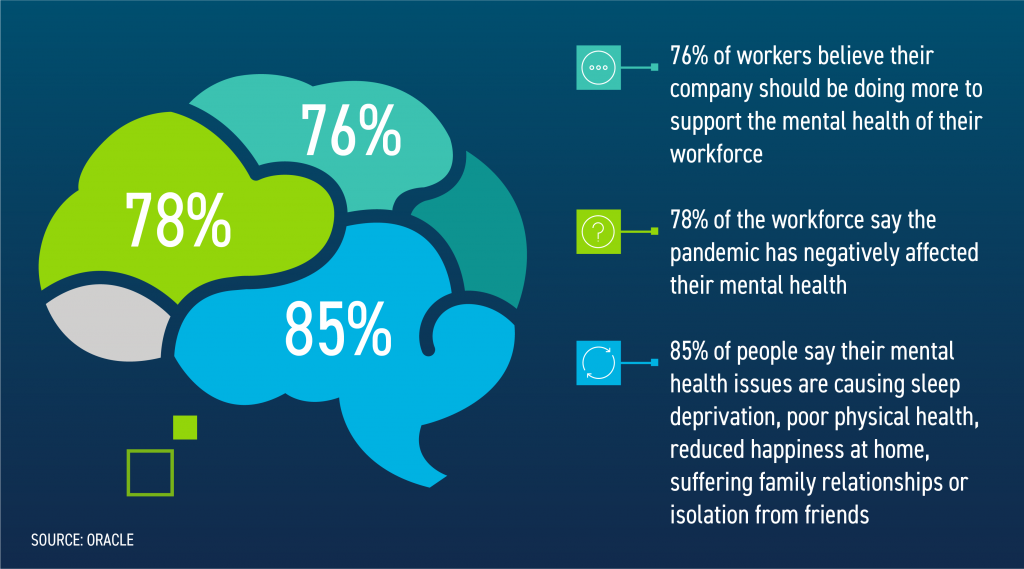
Situation
Think Maersk and you think container ships. Steel giants criss-crossing the oceans. You probably think dependable and trustworthy, but slow moving. What you don’t think of is digital trailblazer. But, when they came to us, that was precisely their goal.
Already leaders in global shipping, the Maersk group was about to undertake a huge transformation to take them to the next level of their business strategy. Their vision was to become a global integrator of container logistics and digitalisation of the business was at the core of this big move. Maersk no longer wanted to be seen as a shipping company; they wanted to be seen as a leader in technology.
The issue was that they didn’t have the world-class capabilities in the business to fuel this tech revolution.
The brief: create an employer brand that:
- Made transportation and logistics attractive to global talent in a way it hadn’t been before – competing with the likes of Microsoft and Amazon.
- Attract diverse candidates (especially STEM and digital) with the innovative mindset to bring radical change.
- Change perceptions of the Maersk Group away from solid, slow and paternalistic to dynamic and pioneering.
Solution
RESEARCH
The insight phase was intensive.
Understanding the organisation, the many and varied brands, the core business areas, its people and the nuances across the globe was highly complex. It was also the key to creating an employer value proposition (EVP) that would turn heads among non-traditional candidates.
We ran a very diverse, in-depth and international series of focus groups and one-on-one interviews across the group and externally.
This allowed us to:
- Understand the views and vision of senior leaders within the business.
- Gain deep insights into the lived experience of professionals at various managerial, technical and operation levels.
- Map the competitor talent market to identify specific territories that Maersk could own with regards to its proposition and messaging.
- Develop a set of core messaging pillars that we validated with senior stakeholders across the globe before developing our EVP and recruitment communications campaigns.
THE CORE MESSAGE
Our EVP message aimed to inspire, motivate and challenge employees and candidates to be part of a career-defi ning, once-in-a-generation transformation. The result is an invitation and a two-way commitment striking the kind of pioneering, adventurous and fast-moving note that you simply wouldn’t expect from a business like Maersk. It also gave us a platform to tell stories that capture hearts as well as minds.
EVP message: Let’s go into the amazing
INTERNATIONAL RESONANCE
Because our audiences were very diverse and located all over the world, we created a series of five messaging pillars. Drawn from the key insights gained at the research stage, these pillars allowed our brand messaging to be flexed in order to speak to the motivations of individuals and talent groups all across the globe.
THE PILLARS
Pioneering
Candidate offer: Seize every new opportunity, pursue every experience and never be afraid to be the first.
Belonging
Candidate offer: Be open, be curious and bring your whole self to work.
Societal impact
Candidate offer: This isn’t just about the part you play in our business, it’s about the change you can make in our world.
Unfolding potential
Candidate offer: Jump in wholeheartedly and we’ll support and invest in you to be your very best.
Global citizens
Candidate offer: Broaden your horizons and make the world your workplace.
KEEPING IT ROBUST
Inspiring EVPs need strong foundations to stay inspiring. This is how the architecture of the Maersk employer brand all fits together.
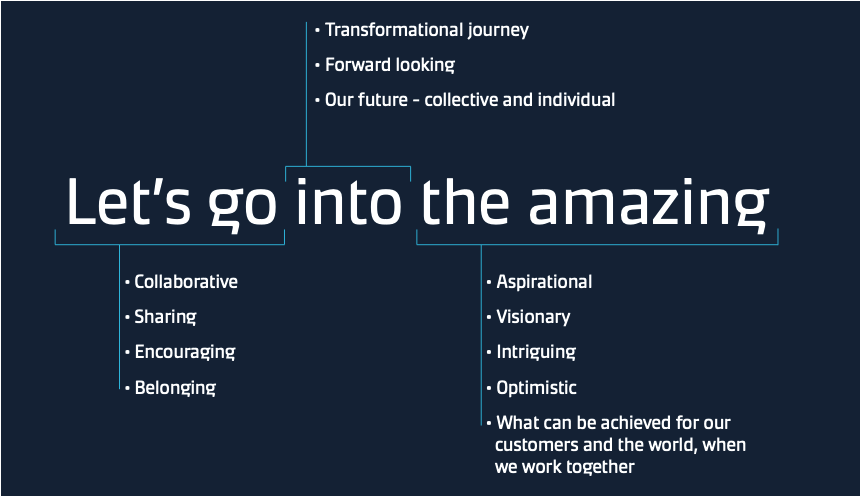
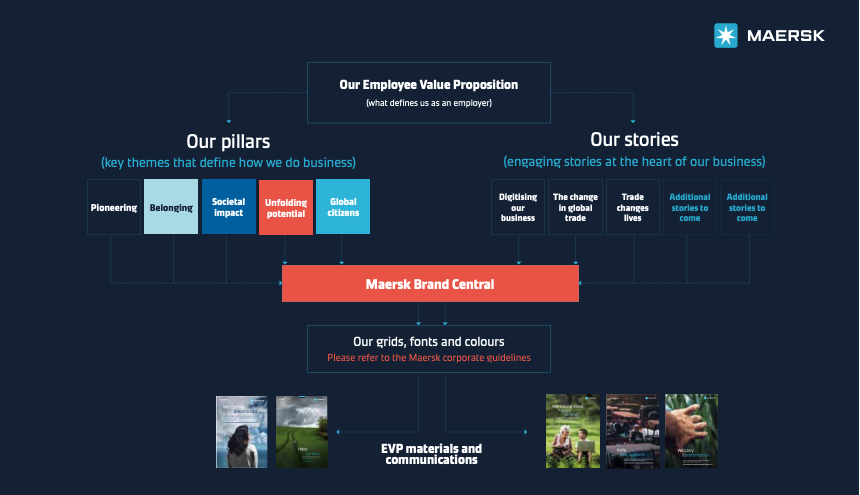
MAKING IT REAL
This is how we took each of the pillars and turned it into a candidate-facing advertisement.
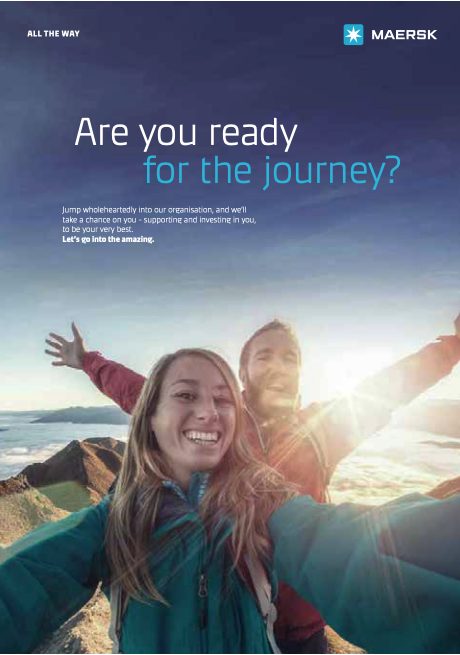


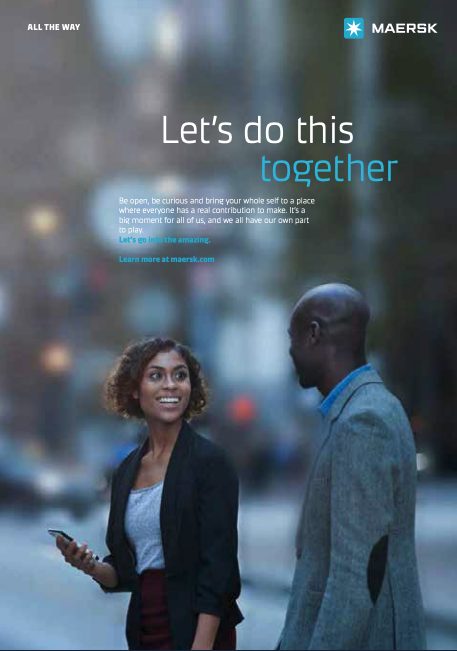
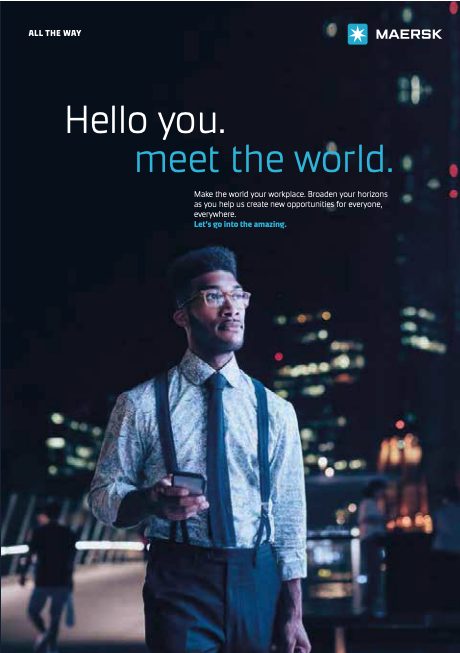
The Outcome
It’s still early days, but in the latest employer brand benchmarking, Maersk was delighted to see the impact the work was already having. A key measure is its ranking in The Most Attractive Employers List produced by Universum.
Maersk has seen its ranking improve. Our goal is to continue this momentum in each of the key markets and among each of the key talent segments.
AT A GLANCE
- COMPANY
Maersk - PEOPLESCOUT SOLUTIONS
Talent Advisory - LOCATIONS
Global with priority markets in India, the UK and Denmark - ABOUT MAERSK
With locations in every port in the world, Maersk is one of the largest container shipping line and vessel operators in the world.


